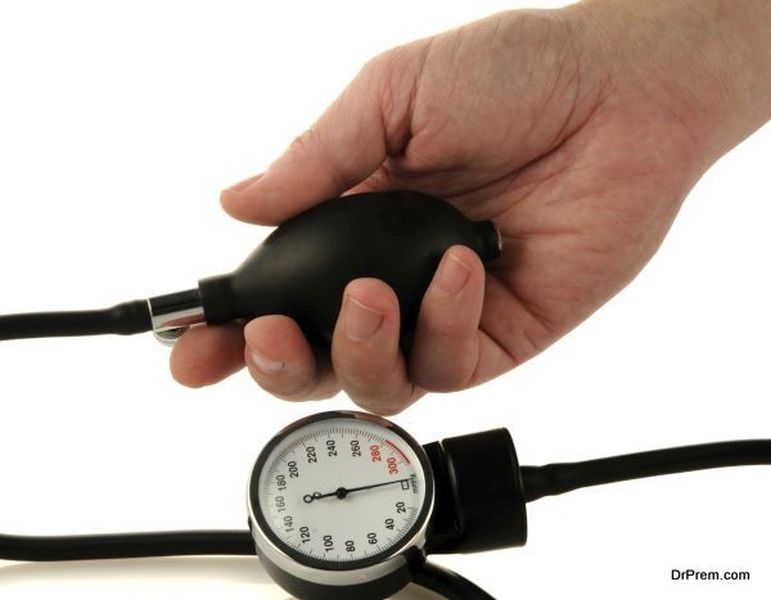Intravenous fluidics therapy is generally a first aid treatment offered to rectify issues related to imbalanced fluid and/or electrolyte status – particularly in patients who are unable to meet their normal electrolyte demands through the oral route. According to important fluid therapy guidelines, fluids can be offered to patients for preventing them from being dehydrated, through approved methods.
The guidelines for IV fluid therapy will be helpful in gaining detailed insights into:

- Understanding physiological principles behind IV fluid management
- Obtaining pathophysiological changes that may affect fluid imbalance, particularly in a diseased condition
- The possible indications to offer wide fluid therapy
- Understanding possible reasons to choose one of the various fluids available
- Defining parameters to assess the need for IV fluid therapy
These important fluid therapy guidelines propose a distinct framework of four different phases of infusing fluid, which can be noted as rescue, optimization, stabilization, and de-escalation. As per IV fluid management, through the incorporation of these four stages, patients may experience a reversal of illness. Further elaboration of the mentioned stages can be noted as follows:
Rescue Phase

The phase is associated with an immediate escalation in electrolyte requirement of the body, especially in case of life-threatening shocks, such as high and/or low blood pressure, impaired perfusion, etc. The stage is further characterized by the application of fluid bolus therapy. Since the condition is life-threatening, the therapy is to be administered rapidly and immediately as per the important fluid therapy guidelines.
Optimization Stage
As against the rescue phase, the optimization stage is not characterized by any life-threatening condition. However, as per the importance of fluid therapy guidelines, patients who are in deep shock can immediately be offered IV fluid therapy in order to immediately restart their vital functions without further damage.
The only difference to be noted between rescue stage and optimization stage is that the former is associated with rapid administration of large volume of fluid through fluid bolus for immediate reversal of life-threatening condition; whereas the latter is associated with more controlled administration of fluid in a modest volume, in order to mitigate dysfunction of vital organs.
Stabilization

The stage is considered to be a safe point at which the IV fluid therapy can be offered to maintain a balance of electrolytes, especially when the patient is stable. As per the importance of fluid therapy guidelines, in confirming some of the conditions, fluid therapy can be administered and can be noted as renal pathology, gastrointestinal infection, dehydration, etc.
De-escalation Stage
The stage involves promotion of a negative fluid balance through the removal of fluid infusion from patients and signifies improved clinical conditions.
It should further be understood that the above-mentioned framework is a conceptual one – to be implemented in case of usual circumstances. However, it is quite possible that certain critical patients may have to face dangerous life-threatening situations like sepsis, hemorrhagic shock, etc. post recovery, mostly due to reduced immunity. In that case, patients can be shifted back to the rescue phase to accelerate recovery.
Monitoring Individualistic assessments

Although important fluid therapy guidelines have been frame worked to support speedy recovery, it is very important to assess individual fluid requirements and further optimize its timely administration and assessment for advanced benefits. Without proper self-assessment, patients may have to face multiple complications, like a hematoma infection, fluid overload leading to pulmonary edema, cardiac arrhythmias, and anaphylaxis.
Thus, in the recent investigations around the world, several clinical trials have proposed different effects of IV fluid management depending upon the difference in their composition. However, it is also a point to be acknowledged that the final interpretation of these trials is highly variable, depending upon the stage of fluid resuscitation, as explained above.
Conclusively, IV fluid therapy can be noted as a life-saving treatment, if administered through proper routes considering the importance of fluid therapy guidelines. However, like every medical treatment carries a variable degree of risk, it is essential to methodically understand the importance of each step before implementing the same on patients. Besides, it is also important to note that every patient is going through different physical and mental trauma and hence responds to medication in a different manner. Thus, the first line of treatment like IV fluid therapy should be offered depending upon expert’s judgmental analysis and assessment.
Likewise, the approach of IV fluid administration can enhance patient’s treatment outcome, if followed by careful management and expert’s assessment.



